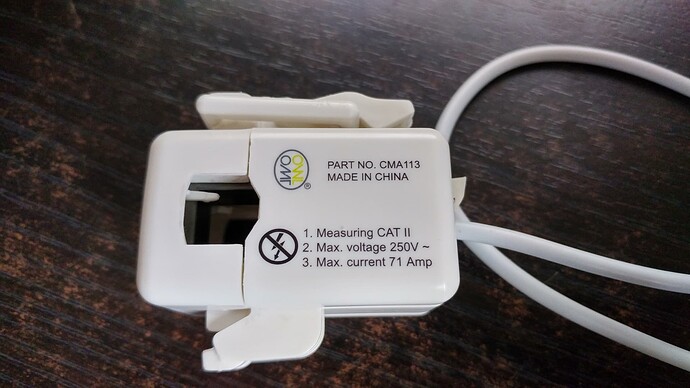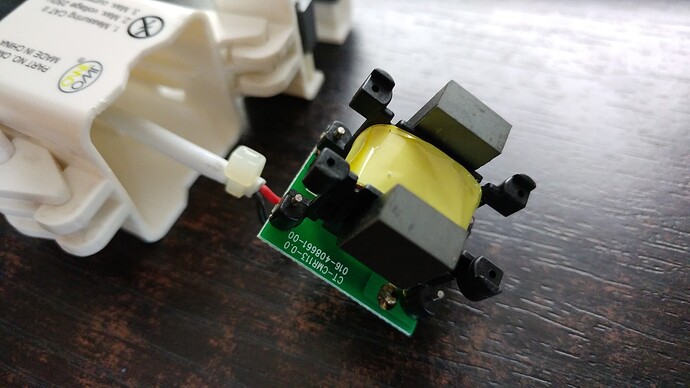Sorry, I forget to say “Welcome” to you.
I should have asked another question last time: Which make & model of CT do you have?
If you have anything other than the YHDC SCT-013-000 from the OEM Shop (or elsewhere), then the calibration is going to be wrong. (Note: the SCT-013-000V would give you exactly half-power, because that one has an internal burden resistor, so you’d have two burdens hence half the current in each.)
There are two places where there are “calibration” constants. The real calibration is done in the front end of the emonPi, in the “emon” part. This is actually a stripped-down, 2 channel emonTx in most respects, so everything about how the emonTx is calibrated applies to that.
There’s a second place where you can do a partial calibration, that’s in emonhub.conf (accessible via the web browser and the emonHub page). It wasn’t intended for calibration, so the full calibration isn’t available there; but emonhub.conf is easily accessible.
My first thought was you’d got “USA” mode set. This changes the front-end voltage calibration to read 120 V instead of 240, and uses that in the power calculation. But as you’re seeing the correct voltage, that’s not it.
The second thought was you had a 3-phase supply, and if the a.c. adapter was on a different phase to the c.t., you’d also get exactly half-power with a resistive load, and probably nearly so for most other things. But few UK dwellings have a 3-phase supply (though that might change as everyone gets EVs).
And if you’ve not changed anything in emonCMS (including emonhub.conf), I can’t see the calibration in the ‘emon’ part being wrong. And besides, it’s quite hard to get at - except for the ‘USA’ switch.
You can easily check the scale constants in emonhub.conf, the set of values for the emonPi itself looks like this:
[[5]]
nodename = emonpi
[[[rx]]]
names = power1,power2,power1pluspower2,vrms,t1,t2,t3,t4,t5,t6,pulsecount
datacodes = h, h, h, h, h, h, h, h, h, h, L
scales = 1,1,1,0.01,0.1,0.1,0.1,0.1,0.1,0.1,1
units = W,W,W,V,C,C,C,C,C,C,p
Yours might not be exactly the same (that’s the 2019 version) but all the “scales = …” values are either 1, 0.1 or 0.01, and you’d need a “0.5” in the first two or three to get half-power.
One thing I would strongly advise: update your emonCMS to the present version, emonSD-08May21. We can’t maintain “old” versions indefinitely, and as you’re just starting, you won’t have the problem of migrating your data when you’re forced to update later on. I have the latest running on a RPi 2B (it’s just a bit slow showing a big graph), so the age of the emonPi isn’t a problem.




